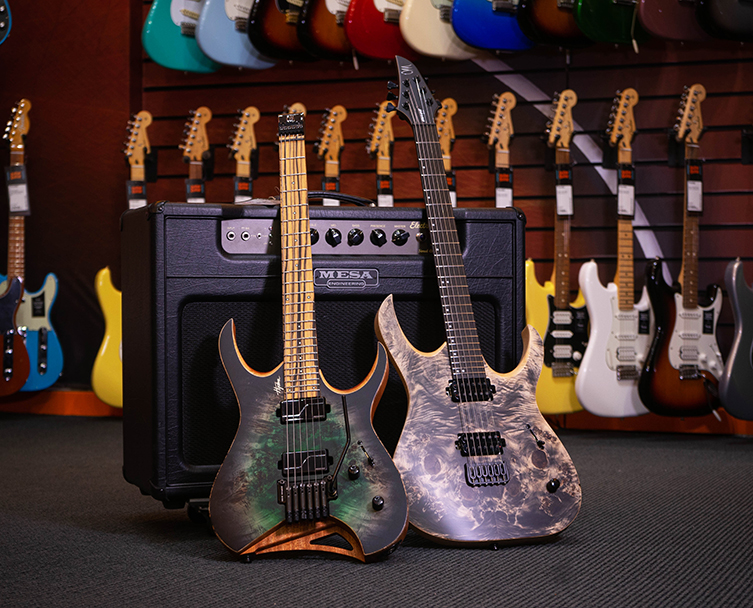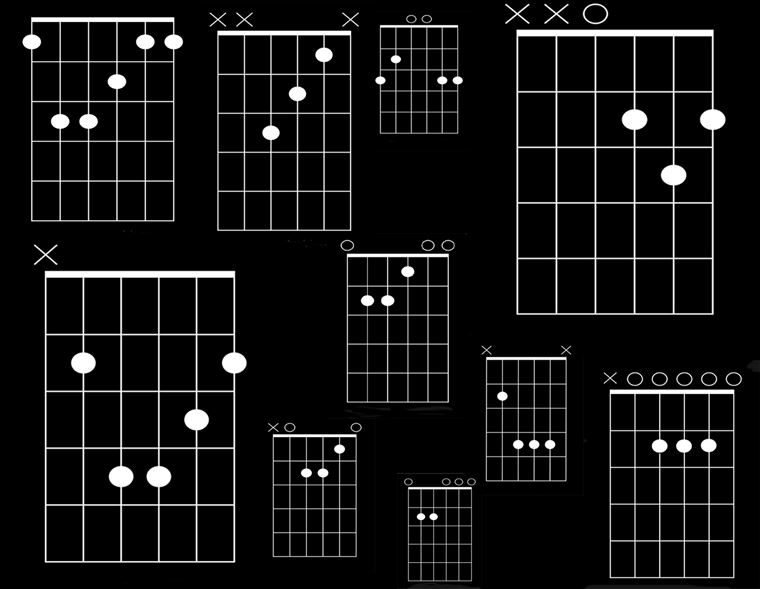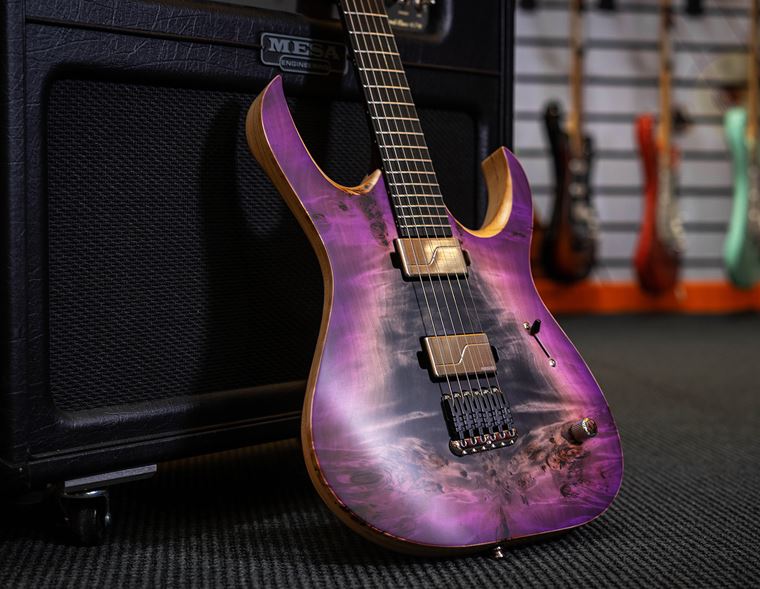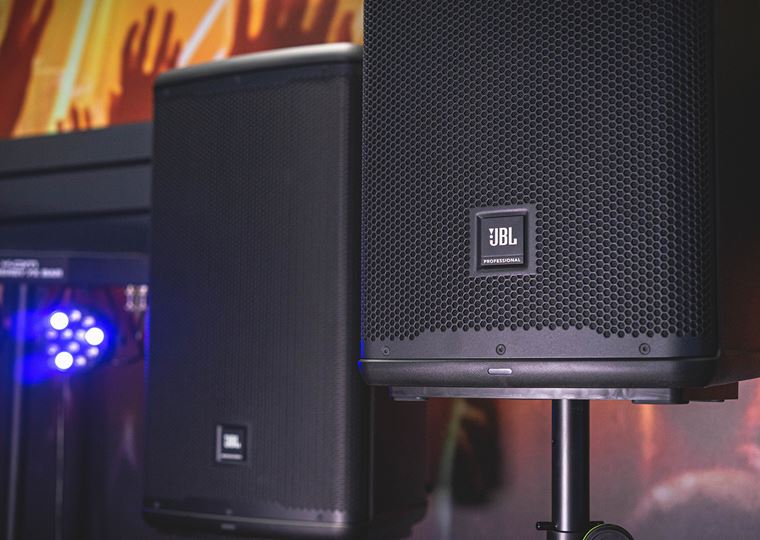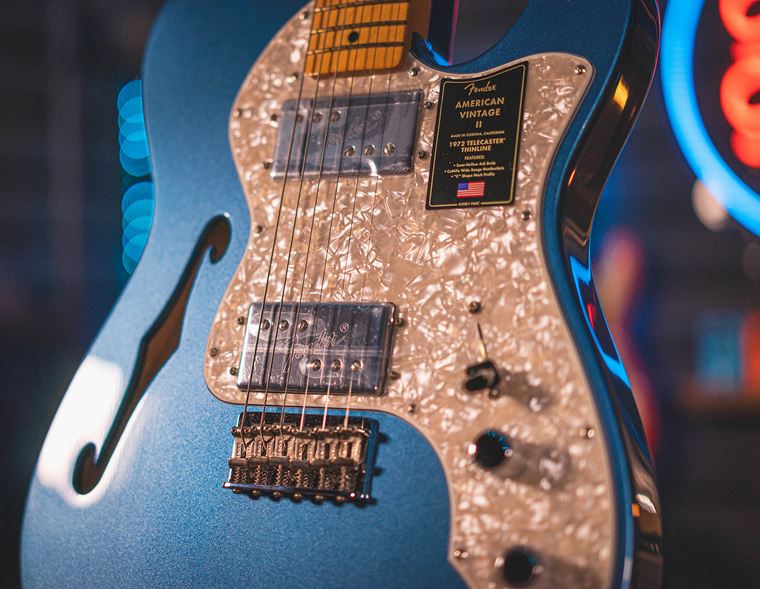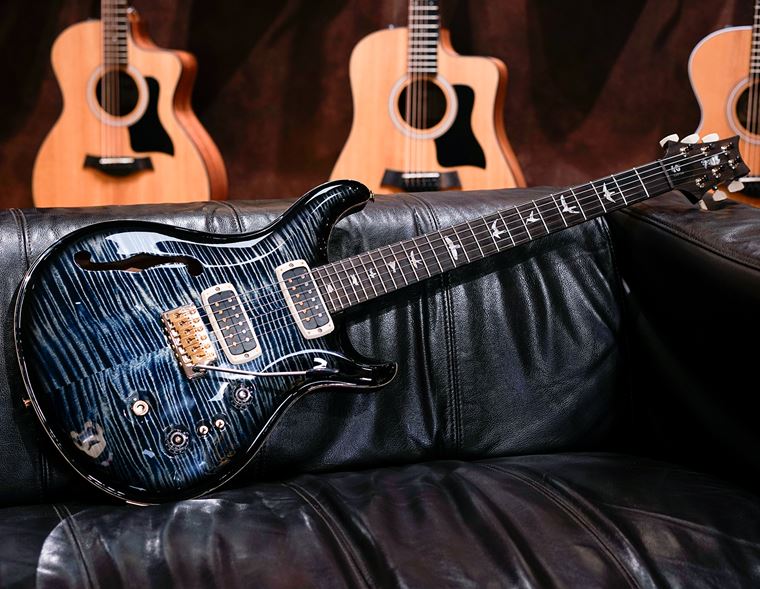The Rise of Headless Guitars (Updated for November 2024)
Cricket bats.
Paddles.
These were just some of the unflattering terms thrown at headless guitars in the past. We guitarists are a traditional bunch, and so when these utterly modern looking instruments started showing up in the early 80s, some players were quick to take exception. As we’ll find out in this blog, headless guitars then became ferociously popular, before once again sinking from public view.
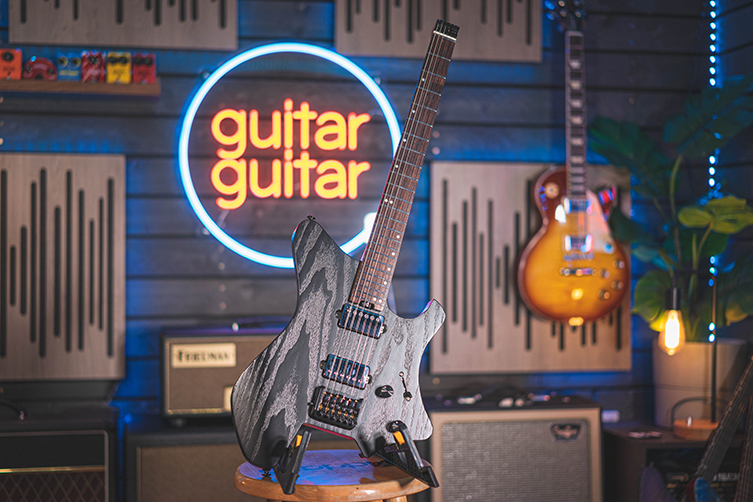
Times have changed again, and it appears that there’s a new liking for these decapitated axes, as more and more companies are offering them to a guitar buying public that seems ready for them again.
So, what’s the deal with headless guitars? Where did they spring from, why are they back and what is it (apart from the obvious) that sets them apart?
Read on and find out…
Contents
It Begins with Ned
Whilst it’s a fact that headless stringed instruments have existed for centuries in one form or another, we tend to take the headless guitar’s ground zero as the very late 70s. One man is more responsible for this than any other, and his name is Ned Steinberger. Until maybe the last decade, one didn’t so much talk about ‘headless guitars’ as ‘Steinbergers’ since they were the ubiquitous brand: nobody else really did them in such a big way. As we’ll see soon, there are a lot of headless guitars around right now, but jump back just over 40 years and such things didn’t exist in the mainstream.
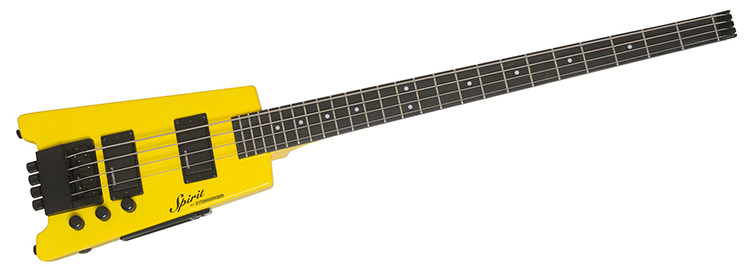
Ned Steinberger - to this day a non-musician - teamed up with the Spector bass company in Brooklyn to modernise and reimagine their bass designs. Whilst coming up with their most enduring ‘regular’ body shape (named the ‘NS” after him), he also worked on ways to improve the ergonomics of the bass. He found them needlessly large and cumbersome, and given his industrial design background, saw no issue in doing things like chopping away the body and removing the headstock altogether, things that no ‘player’ designer would perhaps consider.
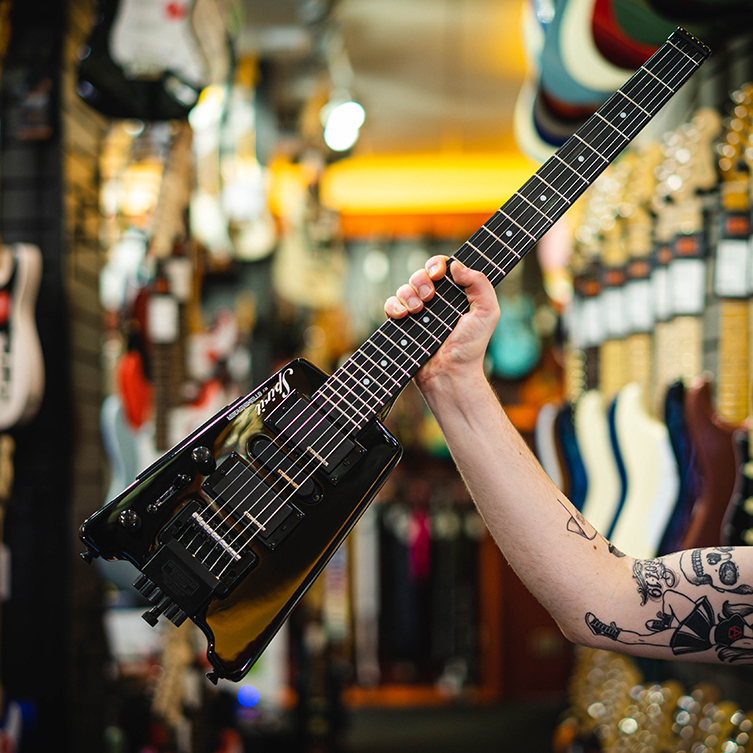
It was a bold move, but one that people like Sting appreciated. His adoption of the new headless bass style turned heads in arenas worldwide, creating demand for a truly futuristic style of instrument.
Guitar models followed, chiefly the Steinberger Spirit, which pared back the body to near nothingness in an attempt to make the guitar as ergonomic as possible. Once Eddie Van Halen got onboard, guitarists across the world understood that the headless ‘cricket bat’ was a legitimate choice. Such a design fitted in with the deconstructed, synthetic nature of 1980s fashion and popular, culture too.
The 80s saw all manner of artists adopt the headless guitar, from Duran Duran to David Bowie. The 90s, however, looked back towards 70s hard rock (grunge) or 60s pop (Britpop) for its musical inspiration, and the future-facing headless guitar suddenly looked madly unappealing. Culture changed, and the likes of the Steinberger were out of style.
So it remained for a long spell, until around a decade ago, when certain makers and brands started to drift back towards ergonomics and future-forward design. As we mentioned before, it’s hard to break guitarists from tradition, so anything that isn’t a Strat or Les Paul (such as, say, a Parker Fly or Fernandes Vertigo) seems to suffer for daring to be modern.

It could be the development of more technical genres that have branched from the shred and prog rock schools, or it could be the cyclical way in which everything eventually becomes en vogue once again, but headless guitars are definitely back! It could also be that the very notion of a headless guitar is now seen by some as a retro look now that it is over 40 years old, but there’s something about them that still seems unstoppably futuristic. Perhaps these are just the correct guitars for certain styles of playing right now, and the demand has created a large flow of models. It’s all guesswork at the end of the day, but what’s clear is why players are choosing them…
Why Play a Headless Guitar?
Why choose one of these headless horsemen for your playing pleasure? There are actually a ton of reasons, but you obviously have to get on with their somewhat marmite looks first and foremost. Players tend to gravitate towards guitars that make them feel awesome, however that translates in personal terms. So, if you do appreciate the high-future fashion and modern design aesthetic going in with headless guitars, here are other sound reasons why you might want to be playing one:
- Lightweight: there’s a lot less wood, since there’s not only no head, but frequently no ‘body’ past the tuners at the bridge. A smaller guitar equals far less weight, particularly if the bodies are also chambered like with Strandbergs.
- Portable: their smaller size make headless guitars wonderfully portable. They make great travel guitars, they fit into most flight overhead compartments and their light weight makes headless guitars a hassle-free consideration in terms of carrying weight. Basically, they are really handy and easy to store away!
- Better Balanced: the lack of a weighty headstock means that the centre of gravity for a headless guitar is at the body, making these instruments balance particularly well on a strap. This in turn means more comfort, less stress on your shoulders and less pain in your back.
- Tuning stability: with the tuners down at the bridge, the strings actually get more tension, whilst the neck and truss rod have a little relief, making headless guitars drift out of tune less often.
- Sound: This one is less well known but massively important. Since there is no extra string length beyond the nut, there are less ‘extra’ frequencies occurring on the string to get sent back along and do battle with the fundamental note and primary harmonics. In playing terms, this means that notes sound truer and sustain for a long time without transforming into a harmonic frequency.
So, those are the main benefits to losing your head. Now, let’s check out some of the brands currently making headless guitars…
Today’s Top Headless Brands
Steinberger are alive and well, and still building their iconic guitars and basses. Affordable imported instruments allow you to experiment with a real-deal style, without committing large sums of cash. This brand is where it all started, and there’s nothing else quite like them out there!

Strandberg are possibly the natural inheritors of the headless crown (figure that one out…) due to their innovation and popularity. Designed in Uppsala, Sweden, Ola Strandberg’s heavily conceptual designs are based on ergonomics, playability and weight-relief. His patented Endurneck design has to be experienced to be believed: who knew that a square neck could be so natural feeling and comfortable?
Strandberg’s main design is the Boden, and there are now a huge range of variations available including 7 string and 8 string models. Multiscale is normal (separate scale lengths for the heavier and lighter strings to standardise tension and intonation) as are a host of other inventions. Talk about guitar edge guitar design? Strandberg are it.
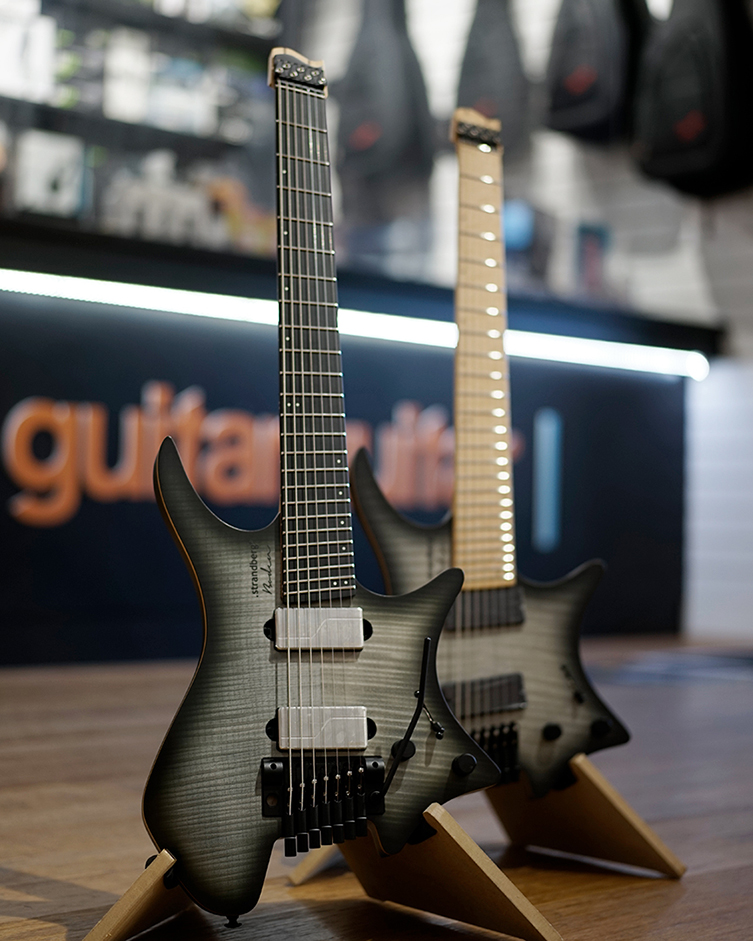
Ormsby are another brand who have been instrumental (sorry) in bringing headless designs back to the fore. Featuring a design that’s really quite similar to Strandberg’s Boden, Ormsby models like the Goliath also feature multiscale and extended range instruments, are are fond of flashy sparkly finishes to boot.
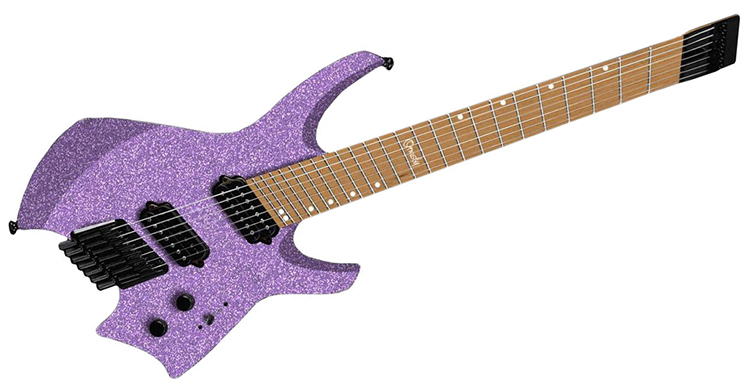
Ibanez, one of the biggest guitar manufacturers in the world, have fully gotten on board with headless design, which is proof enough of the style’s popularity. Interestingly, for a company normally revered for its innovation, it seems that Ibanez have been happy to wait until brands like Strandberg steered the headless ship, as it were, before jumping aboard. Still, Ibanez’s typical quality control and competitive pricing puts them at the forefront for players who want both bang-for-buck and high end features. The Ibanez Q Series is where you’ll find all things ergonomic and headless in their range.
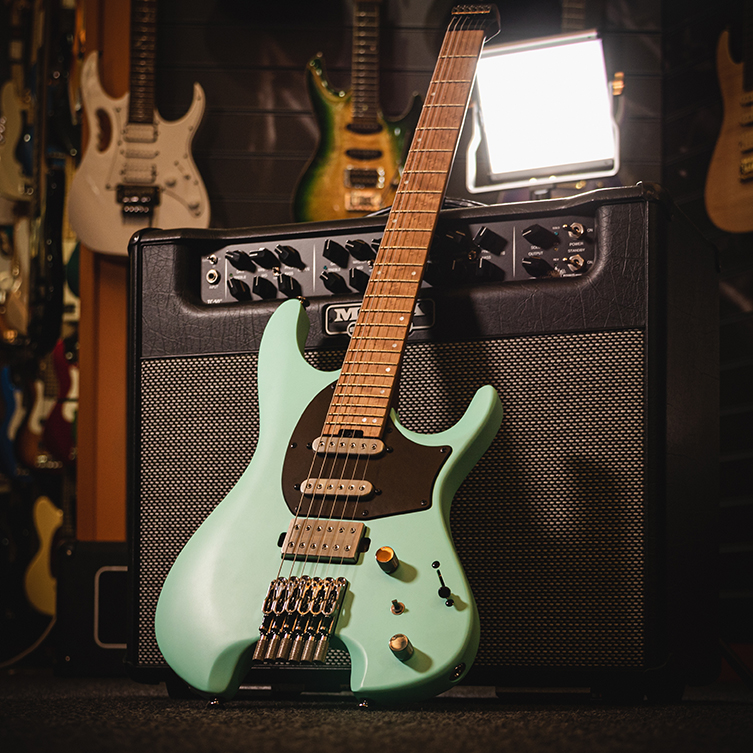
Polish boutique builders Mayones have offered their headless Hydra (presumably more heads won’t grow on this particular beast) with now de rigeur burl tops with stained finishes for quite some time. Their build quality is second to none, making them a true alternative to the American custom builders out there. They are on the expensive end for sure, but your money gets you supreme build quality and performance.
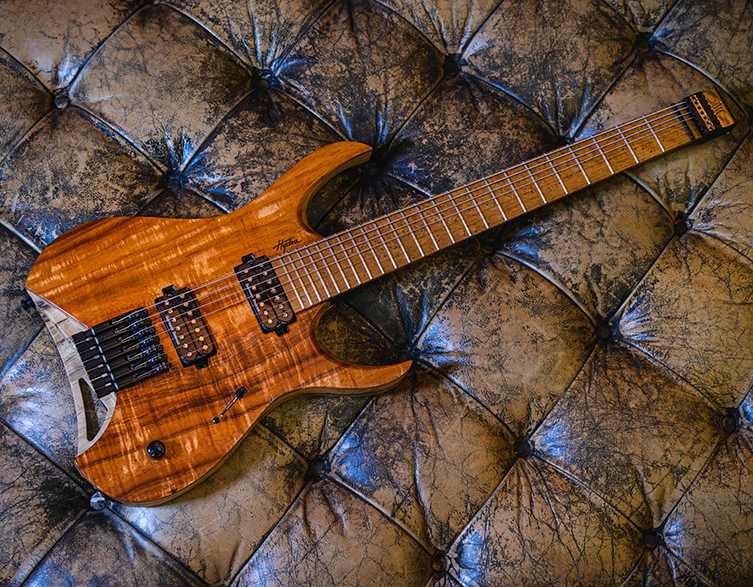
There are affordable headless guitars available too, and EART are making some very attractive examples. Check out their GW models, all of which impressively include stainless steel frets, not something you typically see outside top-end guitars. EART have taken many of the benefits of headless guitars (the weight, the balance, the portability) and built them into guitars that still have attractive figured tops and stained finishes. For the cash, these are impressive!
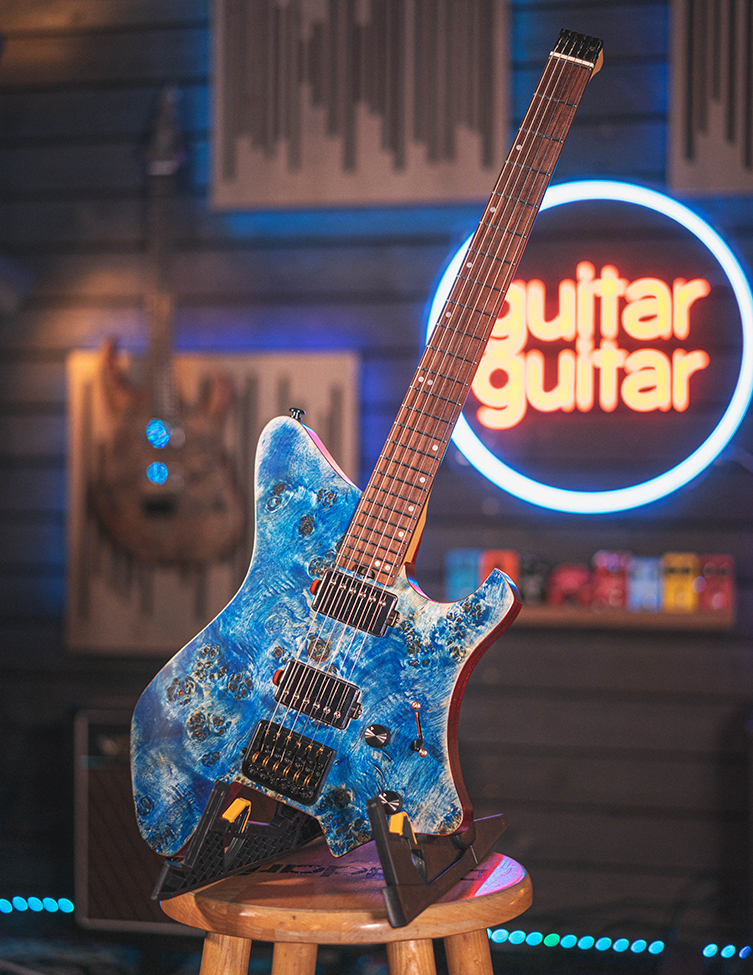
Lose Your Head
Is it time for you to lose your head? As you’ve seen today, there are plenty of legitimate reasons to add a headless guitar to your guitarmoury. Whether it becomes you main guitar or remains an interesting alternative to your primary axe, we still think the notion of going headless is a proposition worth serious consideration.
